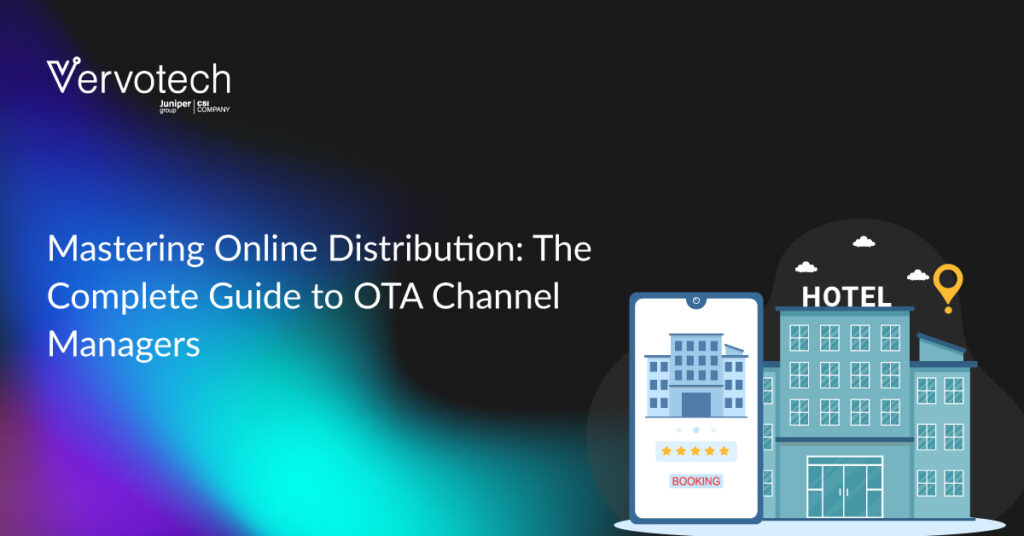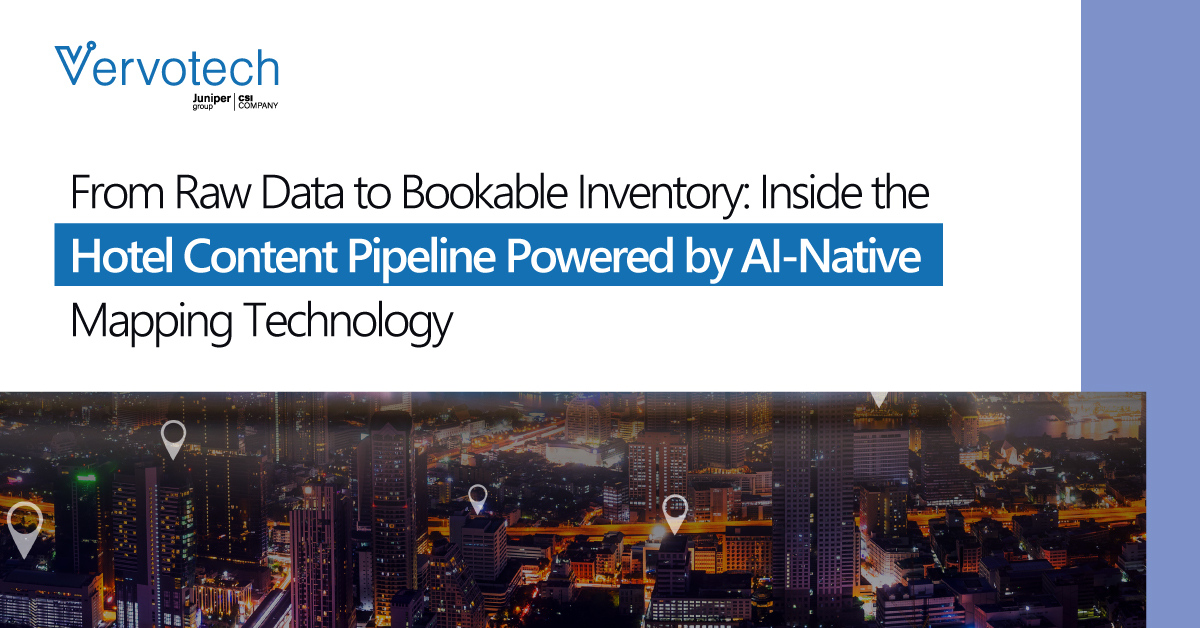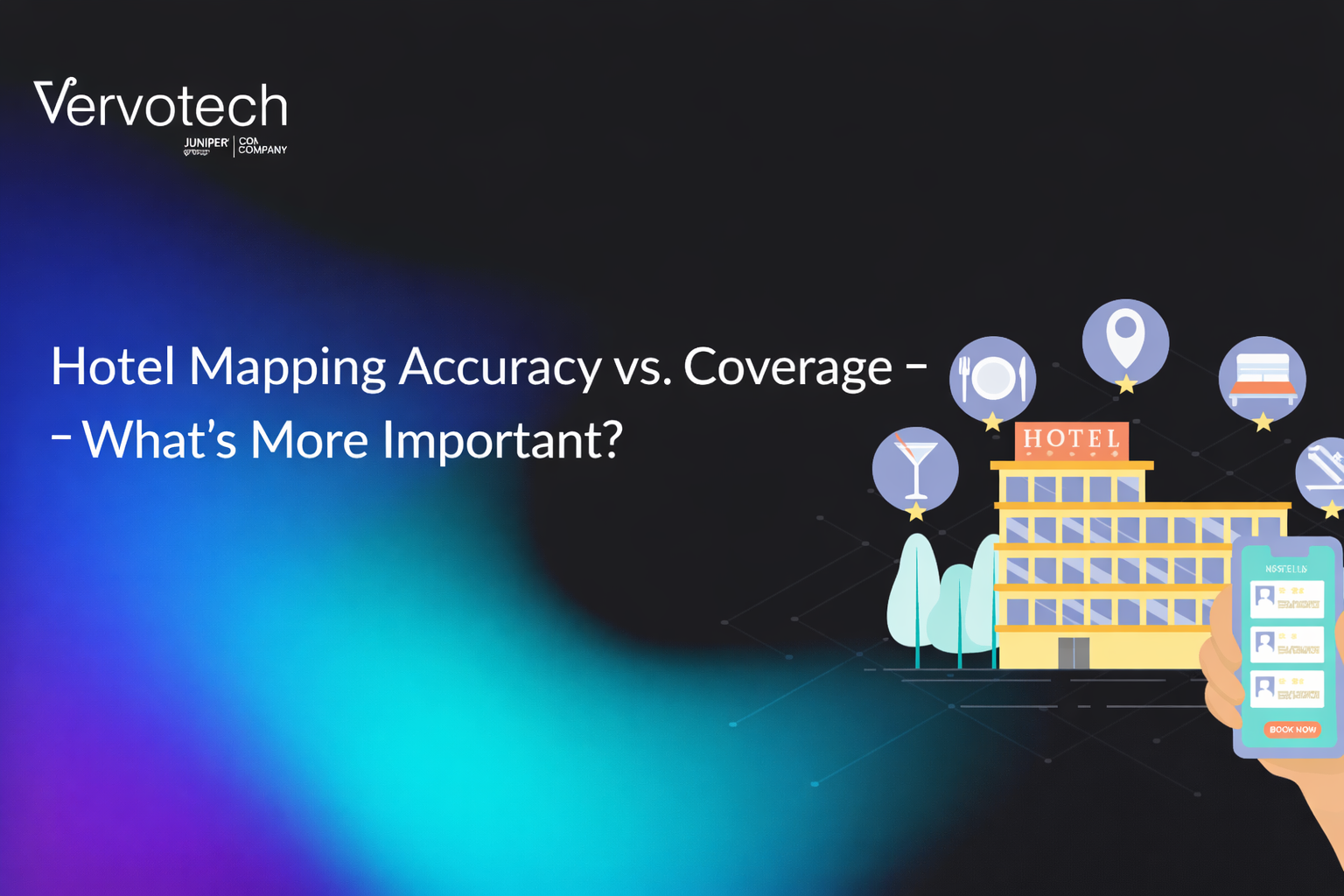A traveler searches for a weekend getaway and comes across your hotel listed on multiple OTAs. On one platform, the room appears sold out; on another, it’s available but at a different rate; on a third, the details don’t quite match. For the guest, it’s confusing. For the hotel, it’s lost revenue.
This is the reality of online distribution today: fast-moving, fragmented, and unforgiving of errors. To stay competitive, hotels need a smarter way to manage rates, availability, and listings across every booking channel. That’s exactly what OTA channel managers deliver.
In this guide, we’ll explore how they work, why they matter, and how to choose the right one for your property.
What Is an OTA Channel Manager? A Tool or a Person?
Despite the name, an OTA channel manager isn’t a person sitting behind a desk juggling multiple booking sites. It’s a software solution designed to help hotels manage their online distribution across various Online Travel Agencies (OTAs) like Booking.com, Expedia, or Agoda.
Think of it as the bridge between your hotel’s Property Management System (PMS) and the dozens of OTAs where your rooms are listed. Instead of logging into each platform separately to update availability, rates, or restrictions, a channel manager automates the process and pushes updates everywhere in real time.
To put it simply:
Without a channel manager → risk of double bookings, inconsistent rates, and wasted hours on manual updates.
With a channel manager → every OTA reflects accurate, up-to-date information, improving efficiency and boosting booking potential.
So, while the name might suggest a role, the “manager” here is a tool- a central control system that keeps your hotel’s online presence consistent, accurate, and competitive. It takes on the heavy lifting of updating rates and inventory across multiple platforms, ensuring guests always see the right information. But understanding what it is only scratches the surface. The real question is: why are channel managers for OTAs needed in the first place?
Let’s find out.
Why Should You Use a Channel Manager for OTAs?
Trying to manage online distribution without a channel manager is a losing game. Most OTAs refresh rates and availability in real time, travelers jump between platforms looking for the best deal, and competition is ruthless. Relying on manual updates or spreadsheets isn’t just old-fashioned, it’s also reckless.
A channel manager removes the guesswork. It prevents embarrassing slip-ups like double bookings, where two travelers claim the same room because updates weren’t pushed fast enough. It keeps pricing consistent across platforms, so guests don’t question your credibility when they see conflicting rates. It also strips away the tedious work of logging into multiple OTA extranets, freeing teams from low-value tasks that slow them down.
Most importantly, it makes scale possible. Expanding distribution across a dozen OTAs should be a growth strategy, not a logistical nightmare. Without a channel manager, it’s unmanageable; with one, it’s business as usual.
So, if you’re not using a channel manager, you aren’t saving money; you’re risking it. A channel manager delivers the speed, accuracy, and control that today’s markets demand. Let’s break down how it works.
How Does a Channel Manager for OTA Work?
A channel manager is only as effective as the way you set it up. The process isn’t complicated, but it does require clarity and attention to detail.
Here’s how it works in practice:
Step 1. Start with a trial run
The smartest way to begin is with a trial. It lets you see how the tool behaves in real-world conditions without a long-term commitment. A free trial is about testing the fit to see whether the platform aligns with your workflow and distribution goals.
Step 2. Get your property and OTA information in order
A channel manager needs clean, accurate data to work smoothly. Before you integrate, gather your property details, OTA credentials, and existing listings. At this stage, ensuring consistency is critical. If room names or amenities vary across OTAs, it can cause confusion or duplication. To avoid or solve these issues, you can use mapping solutions that standardize property and room data in advance.
Step 3. Connect your PMS to the channel manager
For real-time updates, your Property Management System should be synced with the channel manager. This integration eliminates manual updates and ensures your rates, availability, and restrictions flow seamlessly across OTAs. Without this connection, automation remains incomplete.
Step 4. Set your rates, inventory, and rules
Once connected, it’s time to define how your property is distributed. Decide which rooms to release, at what rates, and under what conditions. Here again, precision matters. Misaligned room categories across OTAs can create errors that ripple into bookings. Using mapping solutions to align these categories helps ensure your channel manager distributes the right information every time.
Step 5. Run a test before going live
Before scaling, test the system. Update a rate, block a room, or add a restriction, and confirm the changes reflect across every OTA. This step removes doubt and proves that the channel manager is functioning as promised. Once you’ve verified accuracy, you’re ready to manage all your OTA connections from one dashboard.
Setting up a channel manager is the first step, but the real value comes from the features that keep your distribution sharp and reliable. Not all tools are built the same, and the difference often lies in the details, how well they sync, how much control they give you, and how they handle complexity at scale. Let’s break down the key features that separate a capable channel manager from a forgettable one.
What Are the Key Features of an Effective Channel Manager Tool for OTAs?
Not all channel managers are created equal. Plenty of tools promise efficiency, but only a few actually deliver the reliability hotel distribution demands. If a channel manager can’t update rates instantly, integrate with your existing systems, or give you visibility into performance, it’s not worth the investment.
Real-Time Inventory & Updates
A good channel manager must push updates to every connected OTA instantly. Anything less leaves you exposed to double bookings and frustrated guests. But the accuracy of data depends on the quality of the underlying content and mapping. Tools like Hotel Mapping and Room Mapping ensure that properties and room types are standardized across OTAs, so hotels don’t lose bookings due to duplicate listings or mismatched room categories.
Seamless Integrations
It should plug directly into your PMS, CRS, or RMS. Without this, distribution becomes a disconnected, error-prone process that drains time and money.
Centralized Control
A clean, intuitive dashboard is crucial for managing availability and rates across multiple OTAs from one place, and it should feel effortless.
Revenue-Driven Features
Dynamic pricing rules, parity management, and performance reporting transform a channel manager from a distribution bridge into a true revenue engine.
If your channel manager doesn’t deliver accuracy, speed, and scale, it isn’t simplifying distribution; it’s adding to the chaos.
The features matter, but features alone don’t move the needle. What counts is the outcome. A channel manager isn’t valuable because it has a sleek dashboard or fancy integrations. It’s valuable because it fixes the weakest link in online distribution: inconsistency.
When updates are slow, when content doesn’t match, when rates drift apart across platforms, you lose bookings. A channel manager closes those gaps and puts control back where it belongs.
How OTA Channel Managers Improve Online Distribution
Online distribution only works when travelers trust what they see. If a room shows up differently on two platforms, the booking is gone before it starts. Channel managers give distribution the consistency it needs to perform. They synchronize rates and availability across every OTA in real time, so there’s no room for confusion.
Distribution, however, only works when the underlying data is clean. Hotel mapping & room mapping tools that map hotels and room types across OTAs make sure every listing reflects the same details everywhere, so channel managers can truly deliver on speed and reliability.
The real advantage, though, is scale. Without a channel manager, expanding to new OTAs is a headache. Each new platform adds complexity and increases the risk of making mistakes. With a channel manager, scaling is straightforward. You can reach more travelers without multiplying the workload.
Distribution is about visibility, and visibility without accuracy is worthless. A channel manager makes sure every listing reflects the same truth, everywhere, all the time. That’s what turns online distribution from a liability into a growth engine.
Consistency and scale are where channel managers prove their worth. But the question many operators ask next is simple: which OTAs can actually plug into these systems?
Which OTAs Can Integrate with Channel Managers?
The short answer: almost all of them. Major players like Booking.com, Expedia, and Agoda have long offered APIs that connect with channel managers. The same goes for regional OTAs, wholesalers, and even metasearch platforms.
The real difference lies in how well the channel manager maintains those integrations. Some tools only support the basics: availability and rates. The better ones go further, enabling richer content updates, restrictions, and multi-room configurations. Weak integrations mean you’ll still be logging into extranets to fix errors, which defeats the whole point of automation.
If distribution is your growth engine, the fuel is reach. A strong channel manager widens that reach by integrating with dozens, sometimes hundreds, of OTAs at once and keeping those connections stable. That’s where scale stops being a buzzword and starts becoming revenue.
Reach alone, however, doesn’t guarantee results. With dozens of tools on the market, choosing the wrong channel manager can lock you into clunky workflows and wasted budgets. That’s where selection becomes strategic.
How to Choose the Right Channel Manager for OTAs?
Too many decisions in hospitality tech are made on price alone. That’s a mistake. A channel manager isn’t a commodity. It’s infrastructure. If it fails, your distribution fails. That’s why the decision deserves rigor.
Integrations Matter
If the tool doesn’t plug seamlessly into your PMS or RMS, move on. Poor integration means extra work, errors, and lost revenue.
Reliability Is Non-Negotiable
Distribution doesn’t sleep. Downtime or lag is unacceptable. The right tool keeps everything running smoothly, 24/7.
User Experience Saves Time
A clean, intuitive dashboard isn’t a luxury. It turns hours of tedious updates into minutes. A clunky interface creates bottlenecks and slows teams down.
Support You Can Count On
Eventually, something will break, and when it does, you need a partner that fixes it fast. Without dependable support, even the best tool becomes a headache.
The best channel managers do more than update rates and availability. They give control, visibility, and confidence and turn a fragmented, high-risk process into a predictable revenue engine.
However, maximizing the benefits of a channel manager requires more than automation; it requires accuracy at scale. Clean hotel and room data is the foundation that ensures every update lands correctly, boosting efficiency and bookings.
In Conclusion
Managing online hotel distribution manually is slow, risky, and expensive. Let OTA channel managers be your essential infrastructure and do the heavy lifting- eliminate errors, enforce consistency, make scaling across multiple platforms achievable, and give confidence that every OTA shows the correct rates, availability, and content every single time.
That confidence is worth far more than chasing the cheapest subscription fee.







